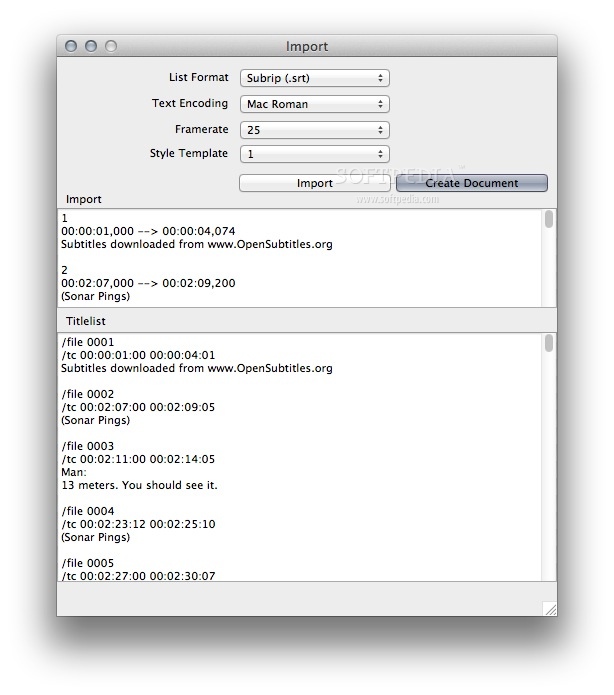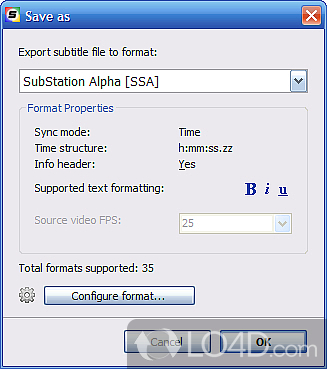
If you don’t use a particular filter in Wireshark often, you’ll likely forget about it in time. Keep in mind that you shouldn’t use quote marks when applying the filter. For example, if you type “!(ip.addr = 10.1.1.1),” you’ll see all packets that don’t contain this IP address. If you place an exclamation mark in front of any filter syntax, you will exclude it from the results. You should replace them with the desired dates, depending on what you want to analyze. Keep in mind that these are just example dates.


If you want to analyze incoming traffic with a specific arrival time, you can use this filter to get the relevant information. You can use this filter if you want to analyze the traffic that goes in or out of a specific port. This convenient filter lets you filter packets containing the word “traffic.” It’s particularly valuable for those who want to search for a specific user ID or string. If you want to filter DNS responses, use this syntax: “ = 1”. Ensure not to use quote marks when entering the filter. If you want more specific results and display only DNS queries, use this syntax: “ = 0”. All you have to do to view only DNS traffic is to enter “dns” in the Filter field. Wireshark lets you filter captured packets by DNS. Instead of wasting hours going through large amounts of information, Wireshark lets you take a shortcut with filters. Ensure to replace “macaddress” with the destination address and remember not to use quote marks when applying the filter.
#MEDIA SUBTITLER FOR MAC MAC#
Wireshark allows you to filter by destination MAC address.
#MEDIA SUBTITLER FOR MAC HOW TO#
How to Filter by Destination MAC Address in Wireshark Remember not to use quote marks when applying the filter. Replace “macaddress” with the desired source address.

If you want to discard captured traffic, press “Quit Without Saving.” Complete the activity by closing Wireshark.Check whether the gateway’s physical address matches some of the “Source” and “Destination” fields in the captured traffic. Find the default gateway’s IP address used in the command prompt and view its physical address.Use arp-a to see the Address Resolution Protocol (ARP) cache.Use this data to check which frames were sent or received by your computer, depending on what you’re interested in.
View the Source and Destination fields in the traffic you’ve captured and compare your computer’s physical address to them.Display your computer’s physical address by using ipconfig/ all or Getmac.Select the “Destination” field and view the destination MAC address.Go to “Ethernet.” You’ll see “Source,” “Destination,” and “Type.”.Choose “Frame” to get more data about it.Find the packet you want to analyze and observe its details in the detail pane.Open Wireshark and start capturing packets.Follow the steps below to find a destination MAC address in Wireshark: Like the source address, the destination MAC address is located in the Ethernet header. How to Find a Destination MAC Address in WiresharkĪ destination MAC address represents the address of the device receiving a packet. Go to the “Ethernet” header to view Ethernet details.Select and expand “Frame” to get more information about the packet.Select the packet you’re interested in and display its details.You can find the source MAC address of a packet in the Ethernet tab. With the source MAC address, you can track a packet’s path through the network and identify each packet’s source. How to Find a Source MAC Address in WiresharkĪ source MAC address is the address of the device sending the packet, and you can usually see it in the packet’s Ethernet header.


 0 kommentar(er)
0 kommentar(er)
